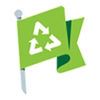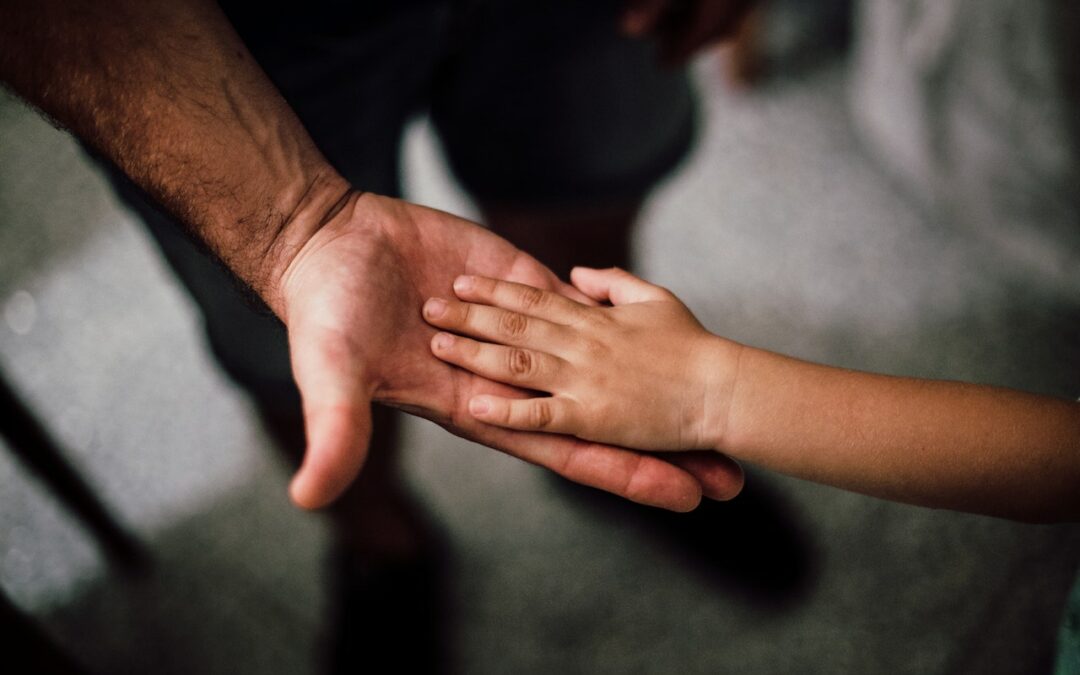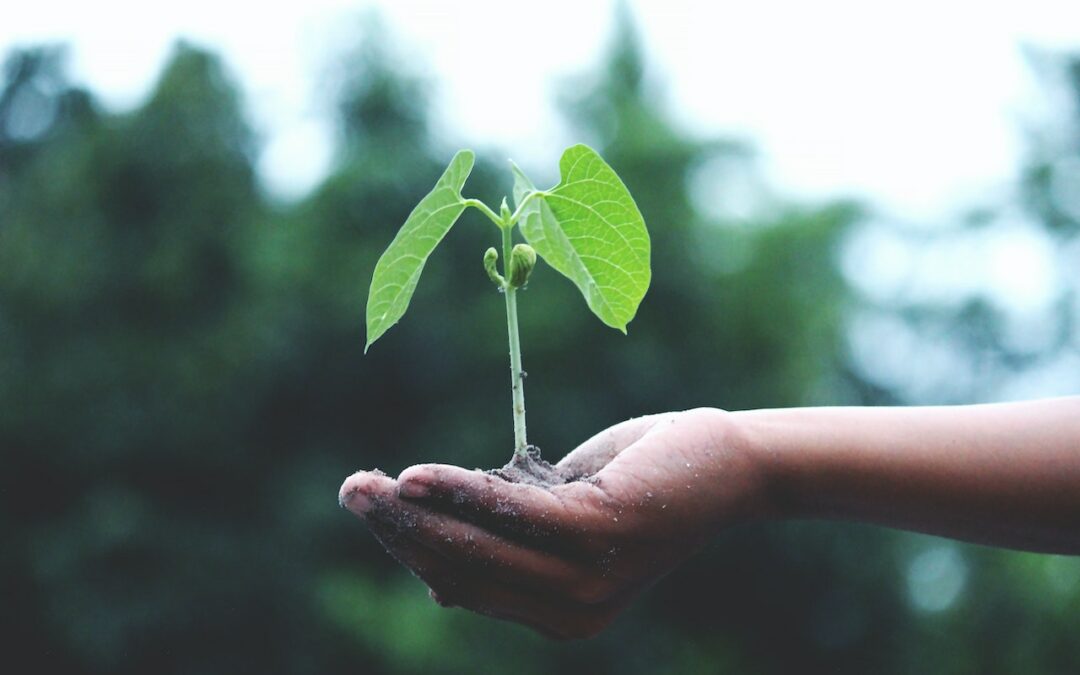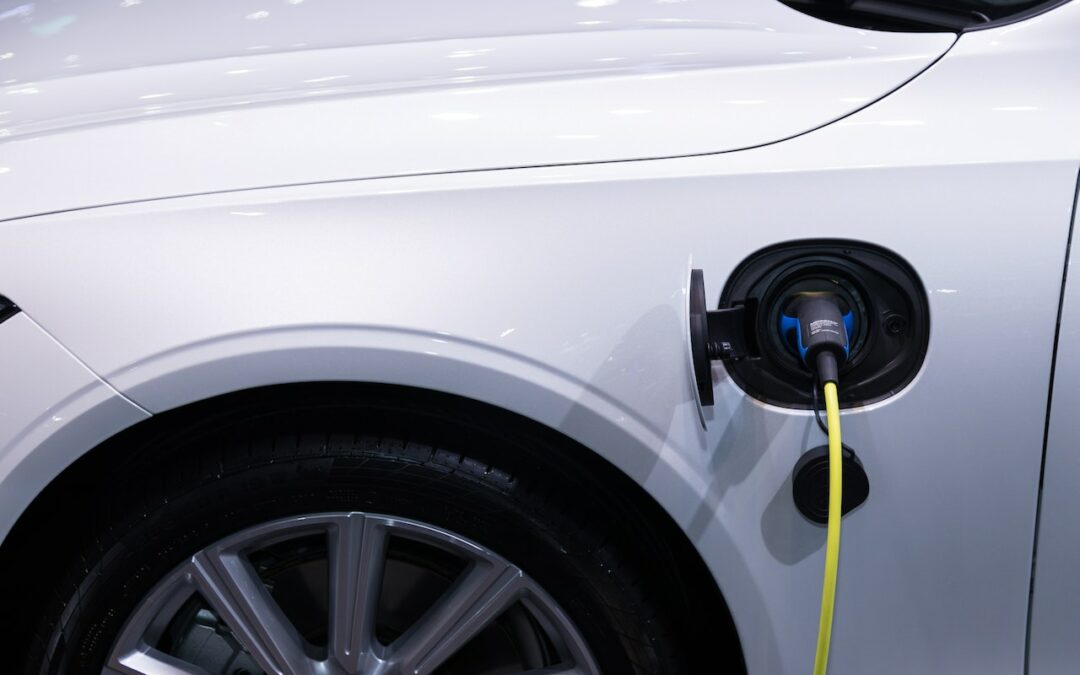
by Komoneed | Feb 18, 2025
The benefits of investing in clean energy, including solar, wind, geothermal and hydropower, make renewables a more cost-effective option compared to carbon capture technology, according to a new study. The study, published in the journal Environmental Science and Technology, examined two scenarios across 149 countries through 2050: one in which the countries transition 100% of […]
The post Renewable Energy Is a Less Costly, More Efficient Climate Solution Than Carbon Capture, Study Finds appeared first on EcoWatch.

by Komoneed | Feb 18, 2025
We all know that driving cars contributes to climate change, but it’s not entirely avoidable….
The post Slow Travel Is More Sustainable Travel appeared first on Earth911.

by Komoneed | Feb 18, 2025
Every month the Good On You team scours the internet to bring you the sustainable fashion and beauty news that matters. Here’s what you need to know in February 2025. British Fashion Council Adopts Copenhagen Fashion Week’s Sustainability Criteria (The Industry) In a new partnership, the British Fashion Council (BFC) will align its minimum sustainability […]
The post February’s Sustainable Fashion and Beauty News: 10 Things to Know appeared first on Good On You.

by Komoneed | Feb 18, 2025
The Australian Packaging Covenant Organisation (APCO) released its 2022–23 Australian Packaging Consumption and Recovery Data Report in December 2024, the second report released last year as part of the organisation’s commitment to improving the timeliness and relevance of data.
The latest results against its targets are:
Target 1: 100% reusable, recyclable or compostable packaging.
Result: The proportion of recyclable packaging increased from 84% to 86%.
Target 2: 70% of plastic packaging being recycled or composted.
Result: The plastic recycling rate decreased from 20% to 19%.
Target 3: 50% of average post-consumer recycled content included in packaging.
Result: The average recycled content increased from 40% to 44%.
Target 4: The phase-out of problematic and unnecessary single-use plastic packaging.
Result: This has been reduced by 40% from the 2017–18 baseline.
APCO CEO Chris Foley said, “Our ability to drive meaningful change in the packaging industry depends on access to timely, accurate data. By releasing two reports in one year, we’re ensuring our members and stakeholders have the most current information to make informed decisions. This latest report highlights where progress is being made and where more focus is needed.
“In August, APCO launched its 2030 Strategic Plan, a new way forward to meet the need for industry to take greater responsibility for packaging placed on the market. The strategy was developed with input from hundreds of key stakeholders, so we know that businesses want these outcomes and are ready to act to strengthen their packaging social licence.”
Report highlights
In 2022–23, half of all glass placed on the market was from post-consumer recycled content, making it the first material group to meet the 2025 material-specific target for post-consumer recycled content.
The average Australian consumer uses 146 kg of packaging per year, with 111 kg consumed in the home and 35 kg consumed away from home. Business-to-business consumption (116 kg/person) and other/unknown consumption (2 kg/person) takes total consumption 264 kg per capita.
Domestic reprocessing capacity has nearly doubled since 2018–19, from 1.85 MT to 3.45 MT.
Paper and paperboard represents over 50% of all packaging placed on market and has a high recovery rate of 73%. Even so, more remains to be done, as there are still 1.3 million tonnes of this valuable material going to landfill.
Container deposit scheme recovery via depots and reverse vending machines has almost doubled between 2018–19 and 2022–23 across the country.
Some problematic and single-use plastics have almost disappeared from Australian packaging, with 31,000 tonnes of single-use HDPE shopping bags being almost entirely eliminated, PVC halving from 20,000 tonnes to 10,000 tonnes, and 1500 tonnes of oxo-degradable plastics being reduced to almost 0.
Material highlights
Paper and paperboard: Despite 94% of paper and paperboard packaging placed on market (POM) receiving a good recycling potential rating, only 65% of paper and paperboard was collected throughout 2022–23. This is a slight drop on the 2021–22 recovery rate of 68%.
Rigid plastics: The recovery rate of rigid plastic has exceeded the growth of rigid plastic POM since 2018–19. Post-consumer recycled content has also grown from 10% to 14% (as a proportion of POM), with an additional 32,000 tonnes of post-consumer recycled content used vs 2021–22 levels.
Flexible plastics: Low domestic reprocessing capacity for flexible plastic content limits the uptake of domestic recycled content in new flexible plastic packaging POM. Over the next five years, flexible plastic reprocessing capacity is projected to increase by 287,000 tonnes, bringing reprocessing capacity to 54% of POM in 2027–28, compared to just 10% in 2022–23.
Glass: Glass is the first material to reach the 2025 material-specific recycled content target for 2025, with post-consumer recycled content rates in glass improving from 41% in 2021–22 to 50% in 2022–23.
Metal: Metal recovery has improved slightly between 2021–22 (51%) and 2022–23 (52%), but still remains lower than the 56% recovery rate in 2018–19.
Wood: Wood is typically used in B2B contexts for highly durable applications, making it well suited to reuse systems. In 2021–22, 4.5 million tonnes of wood were avoided through the use of qualified reusable packaging systems.
Read the full report here.
Image credit: iStock.com/Daria Nipot





